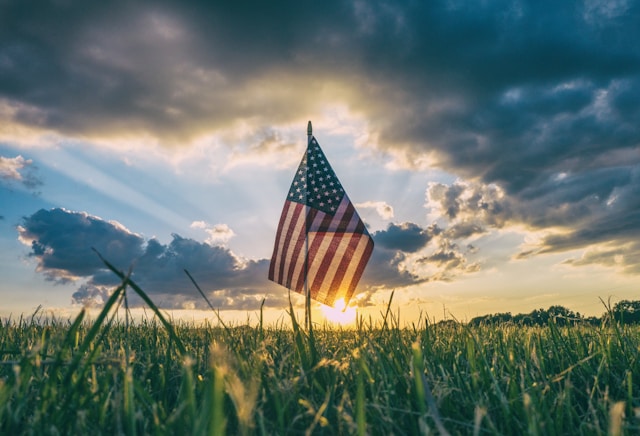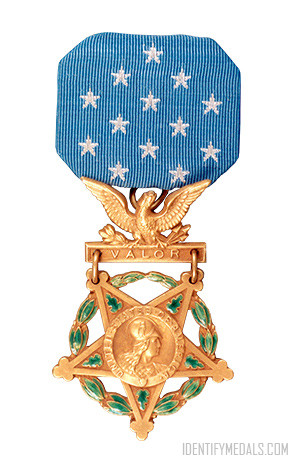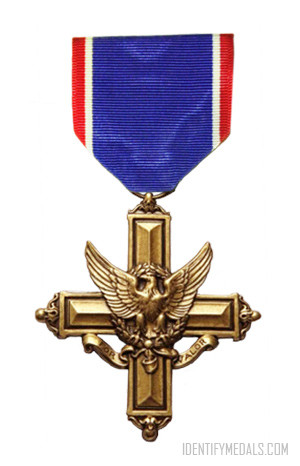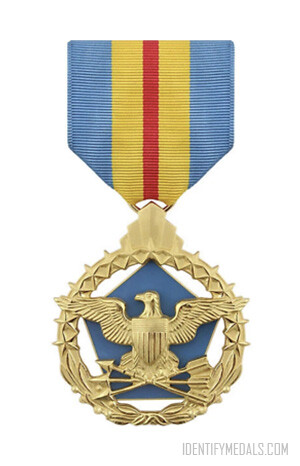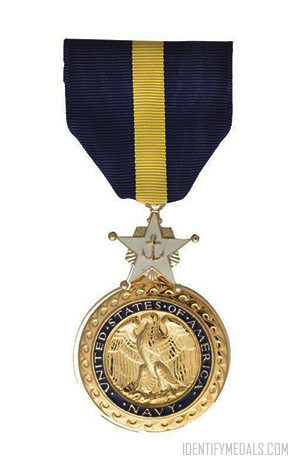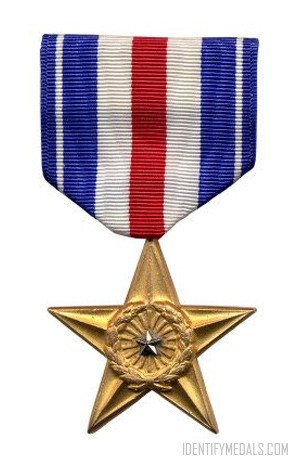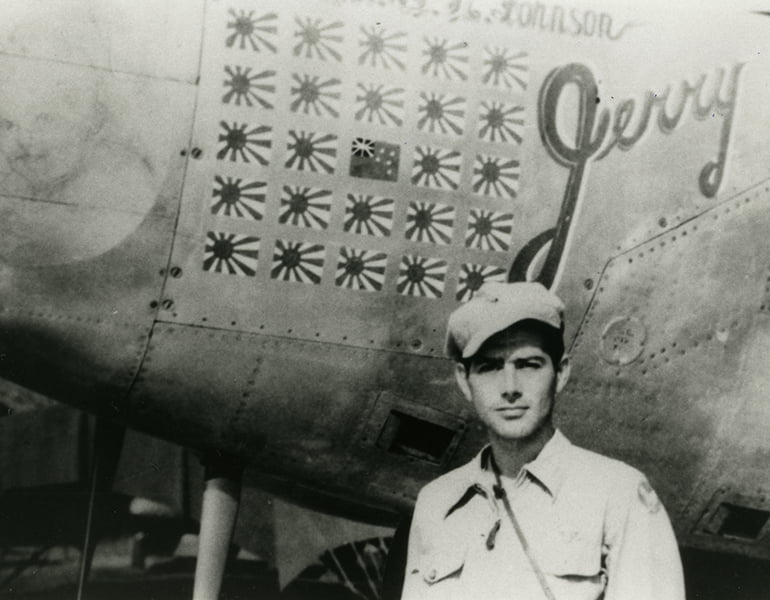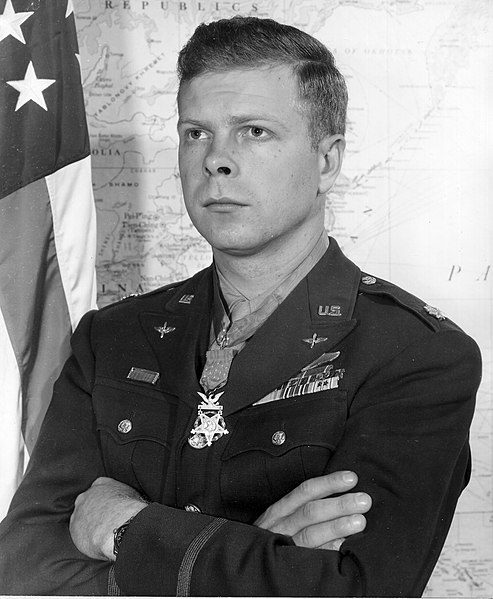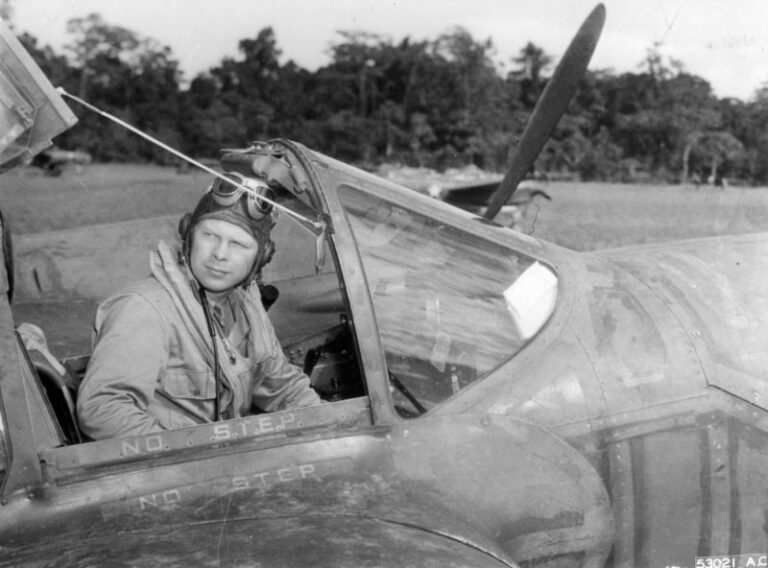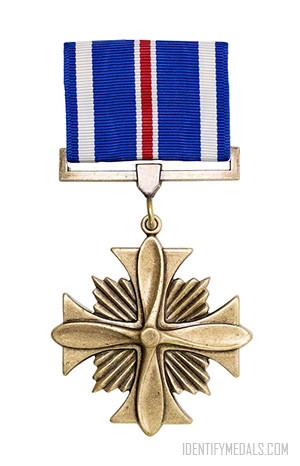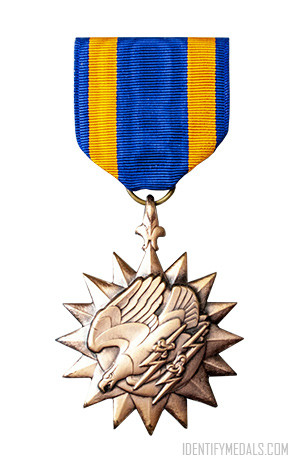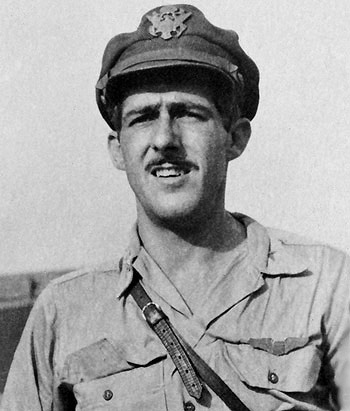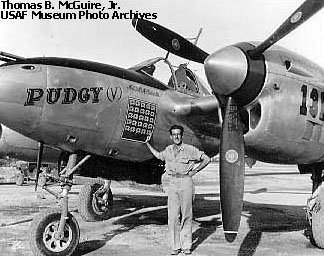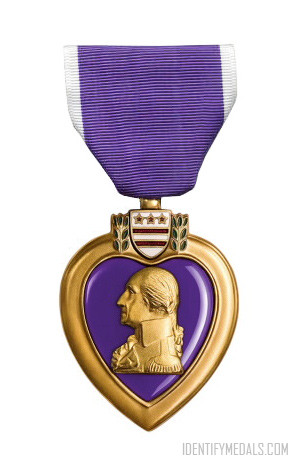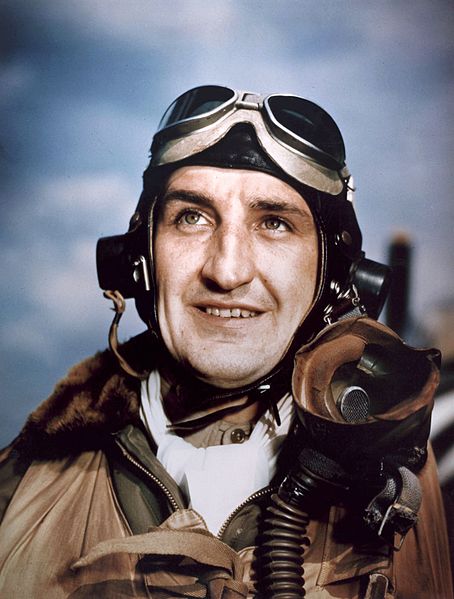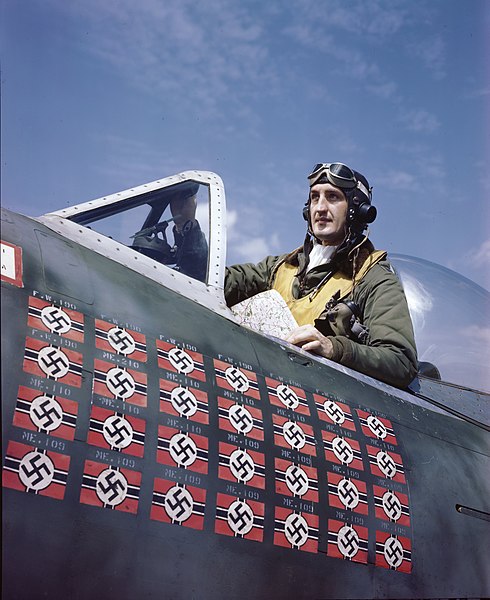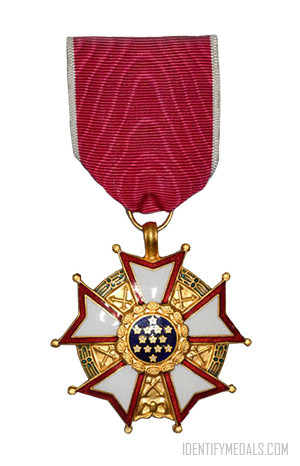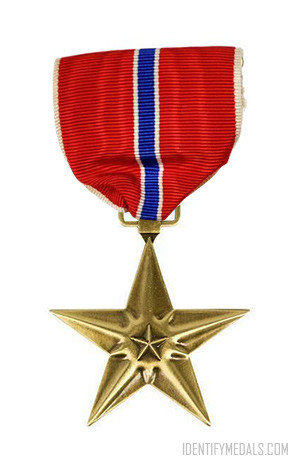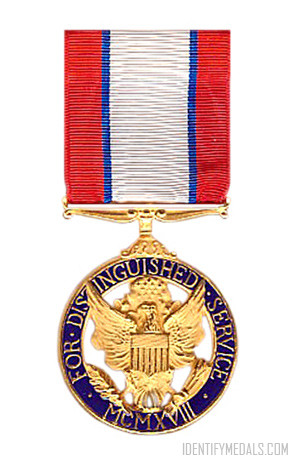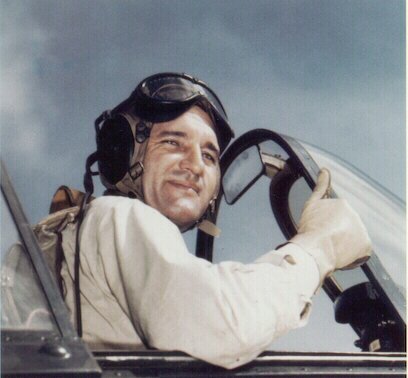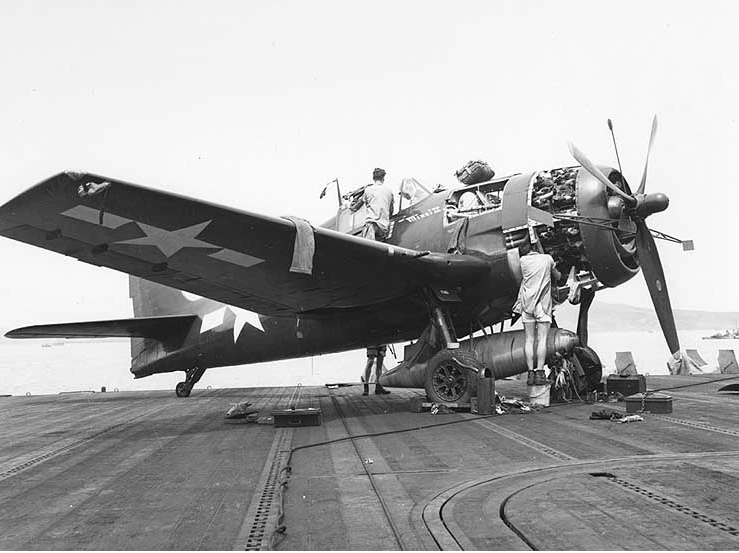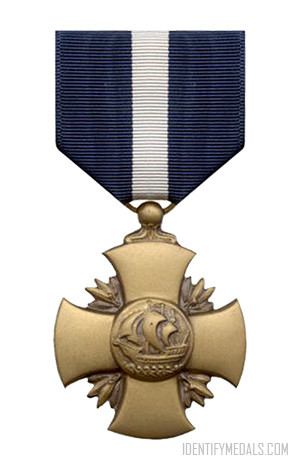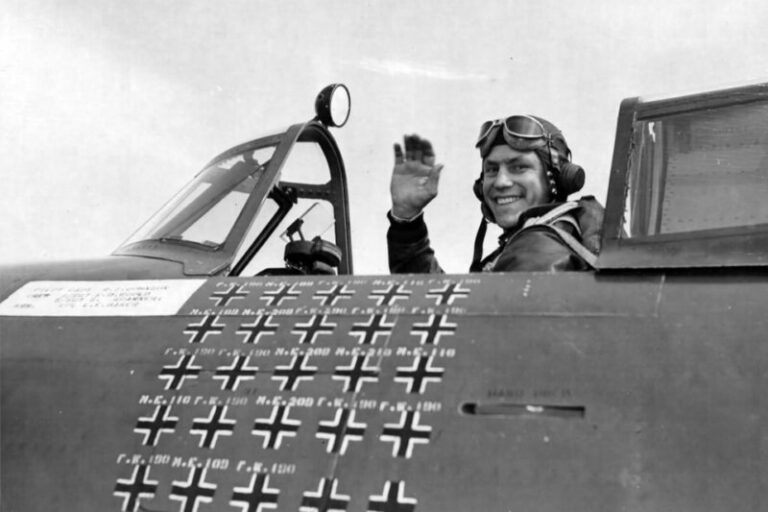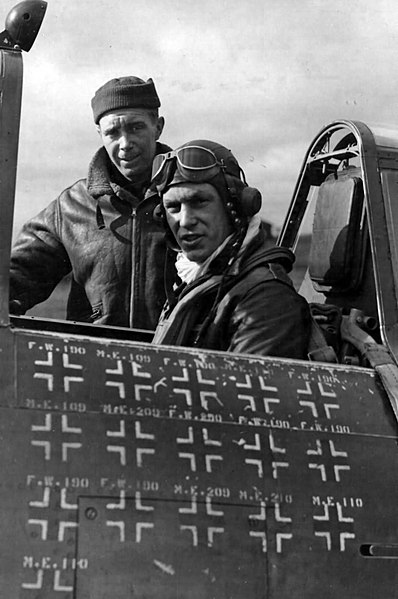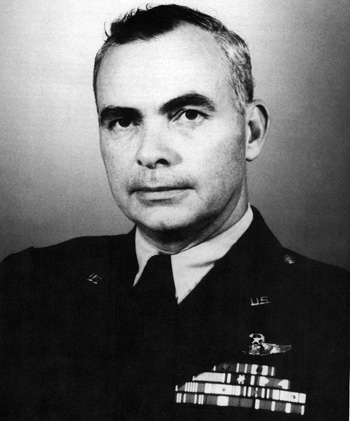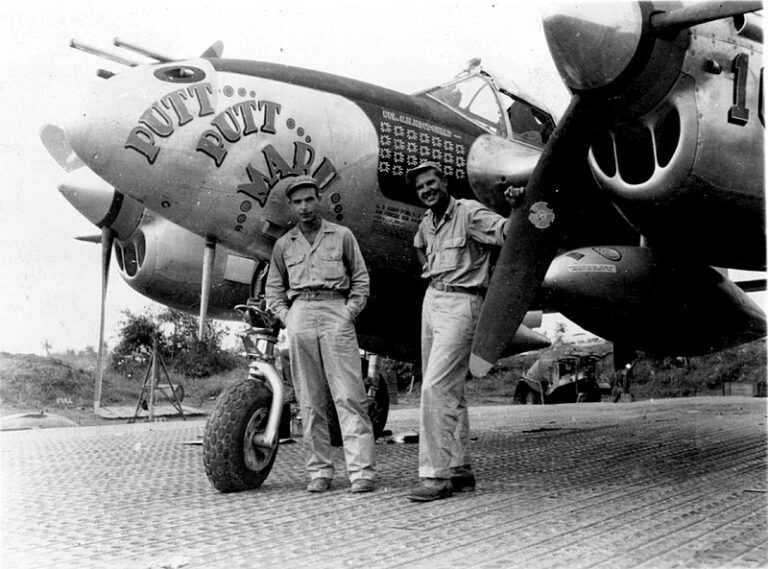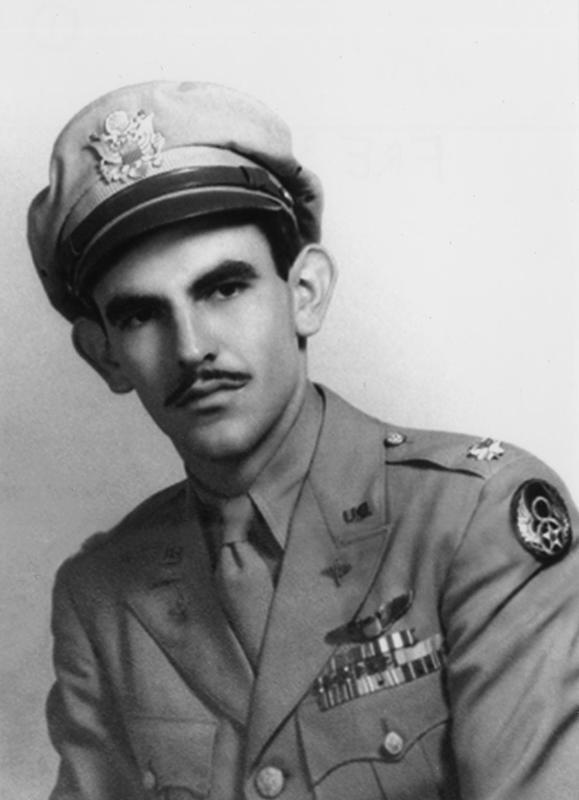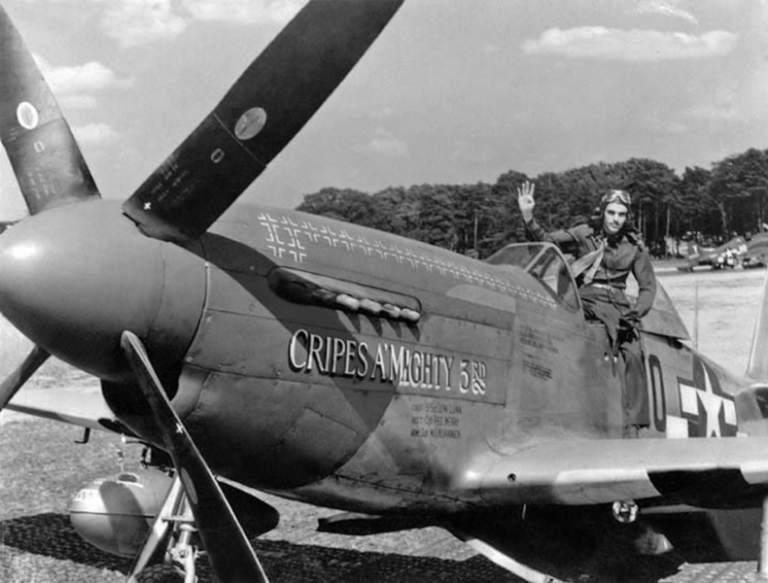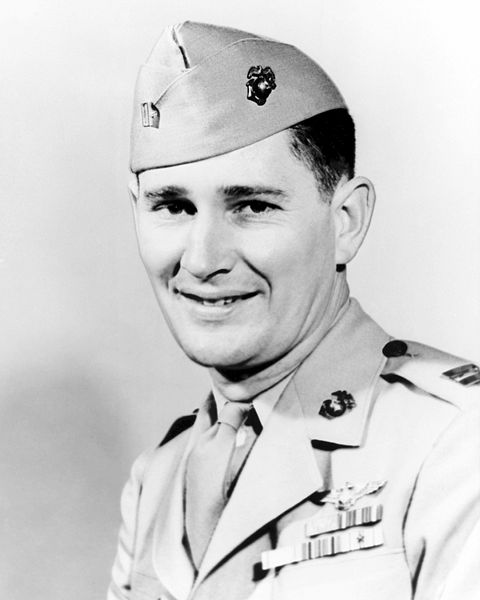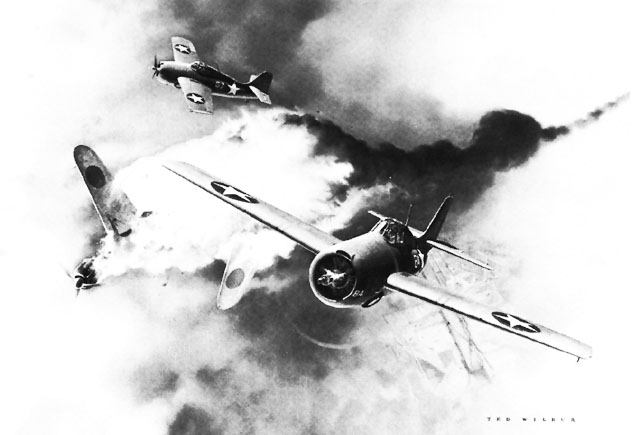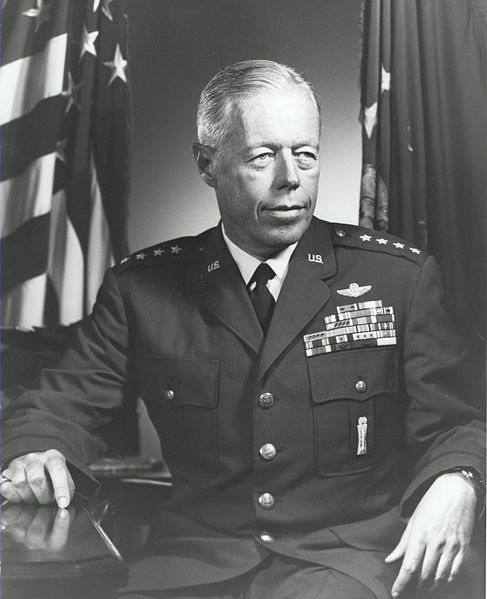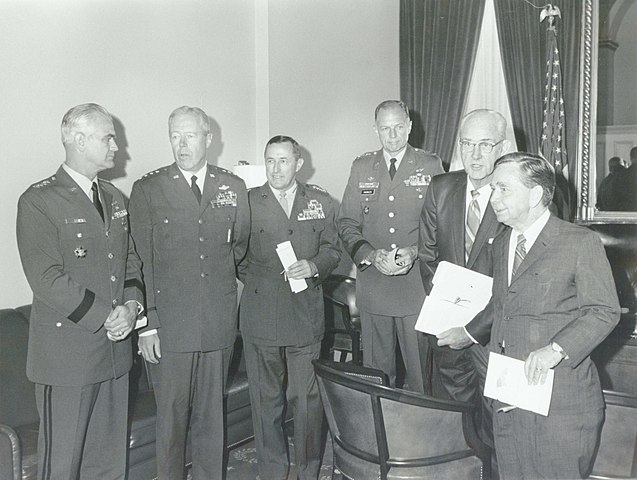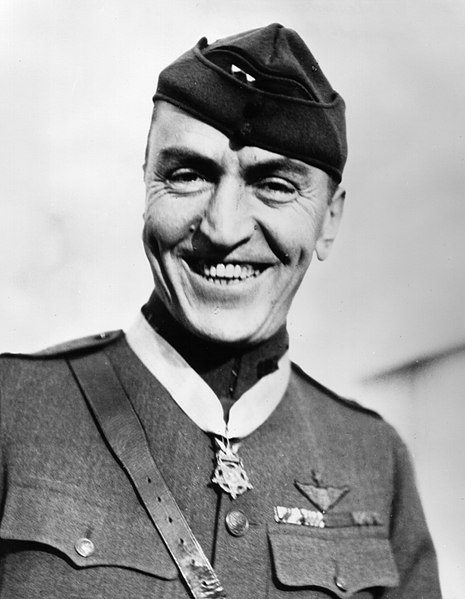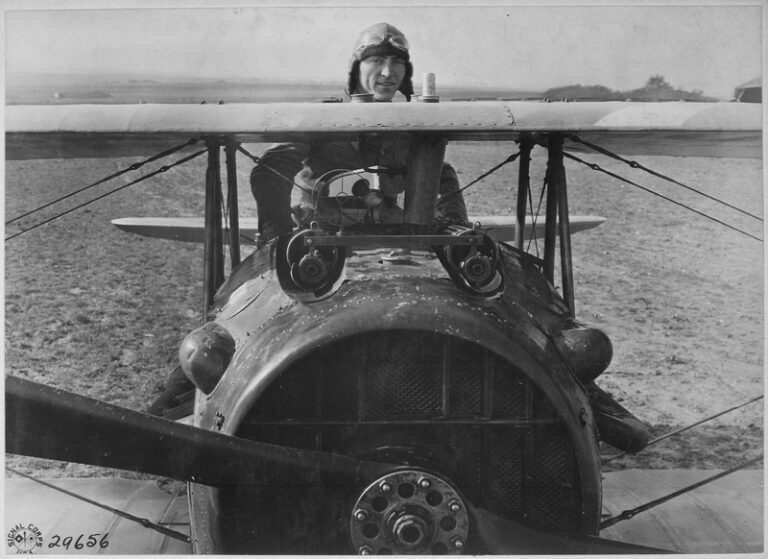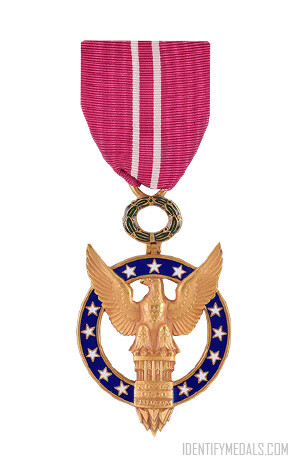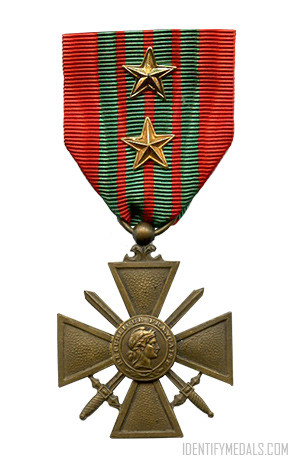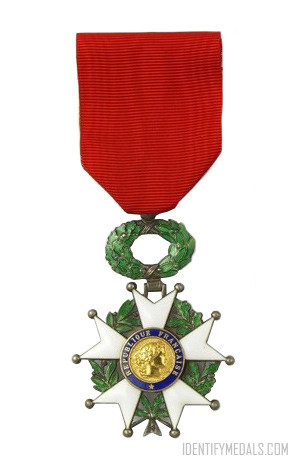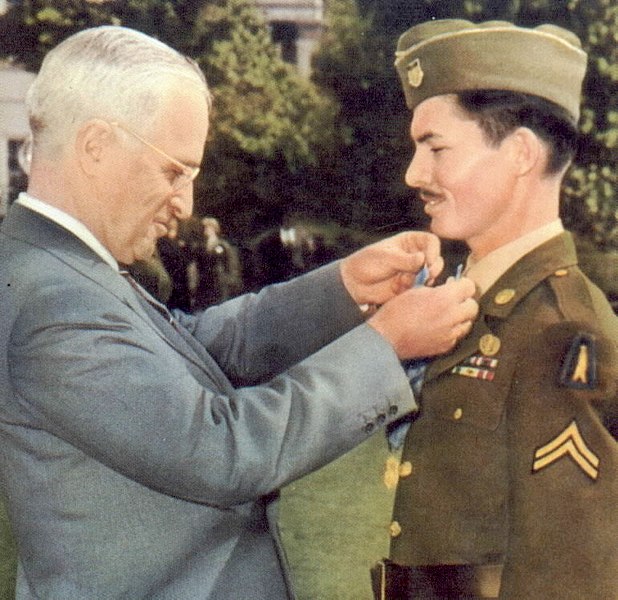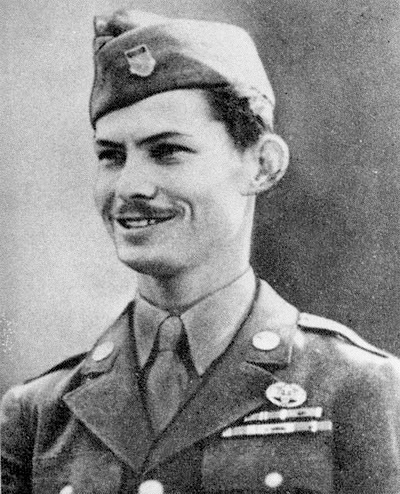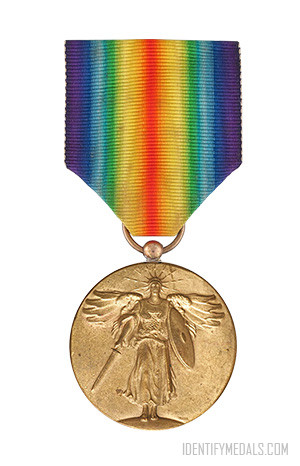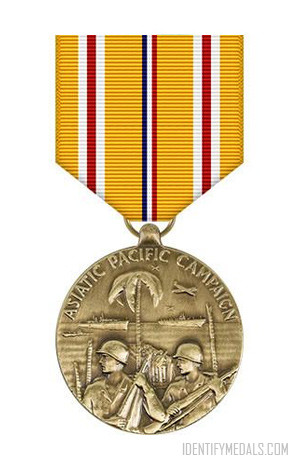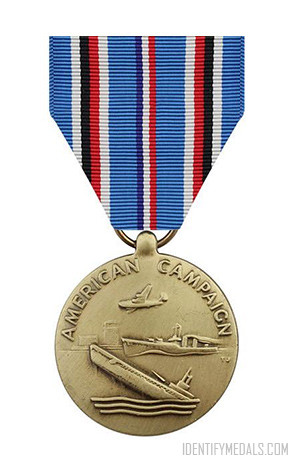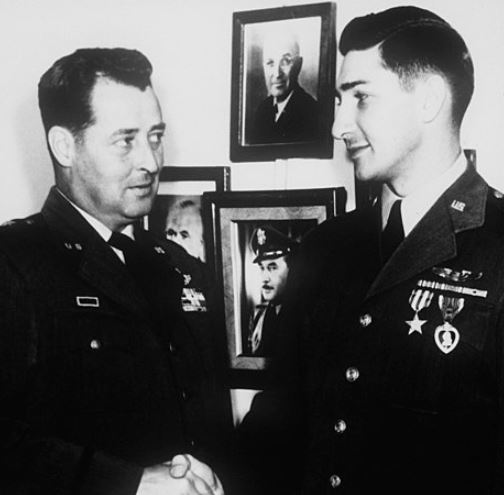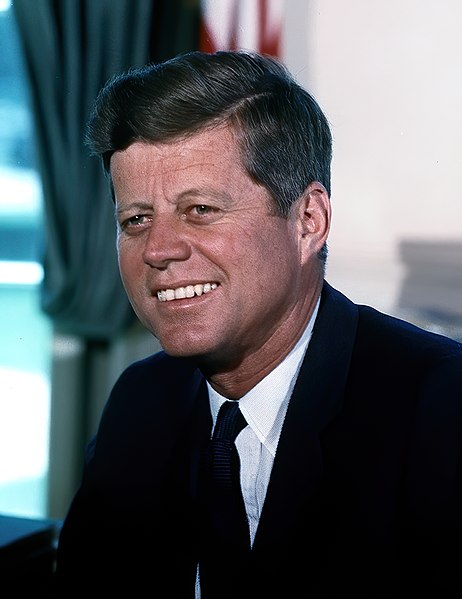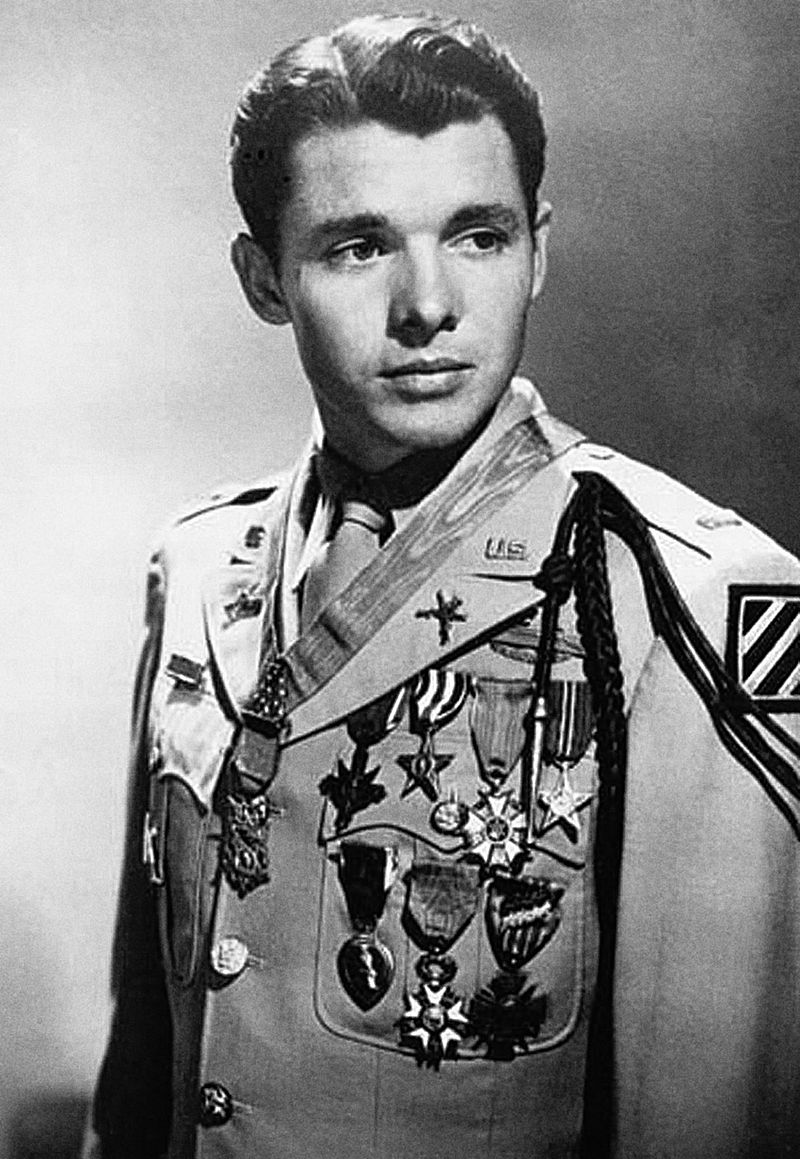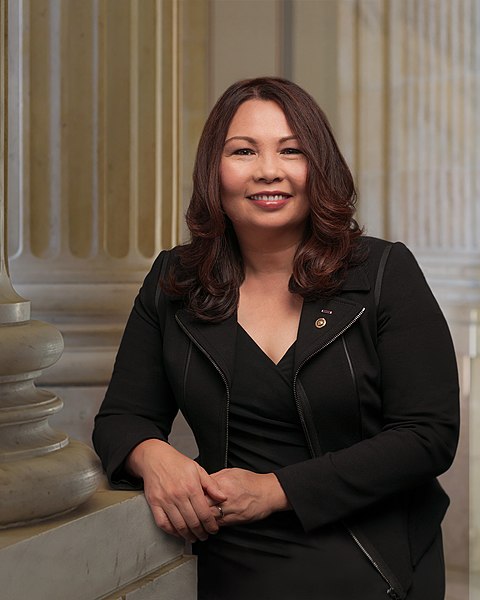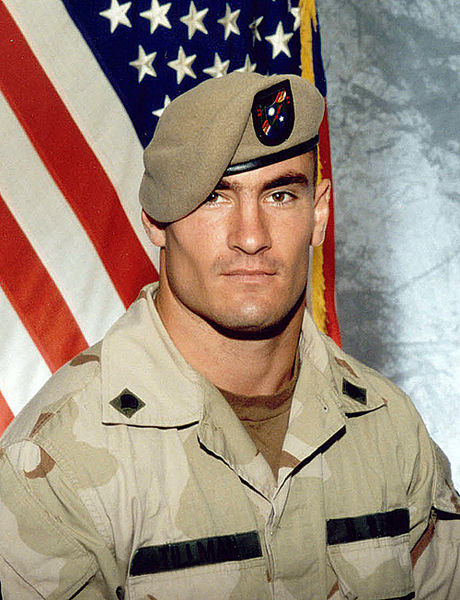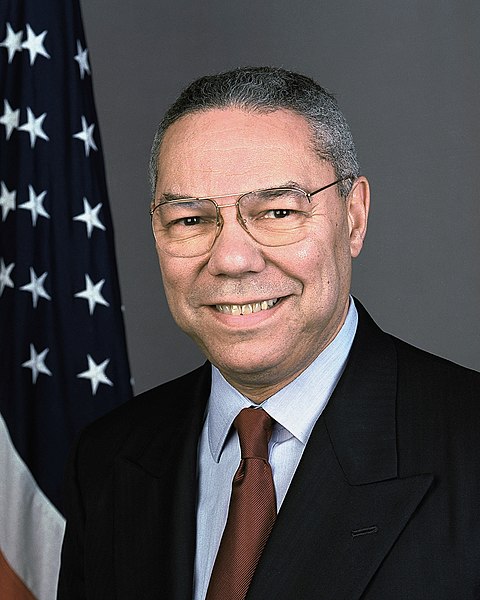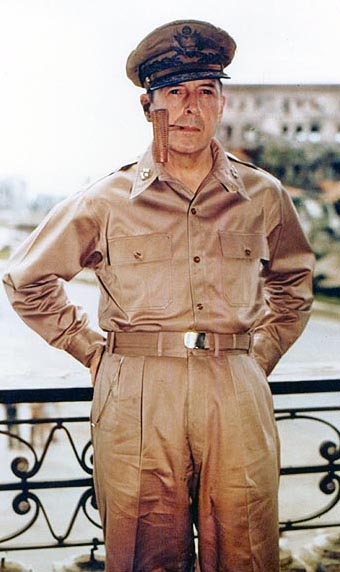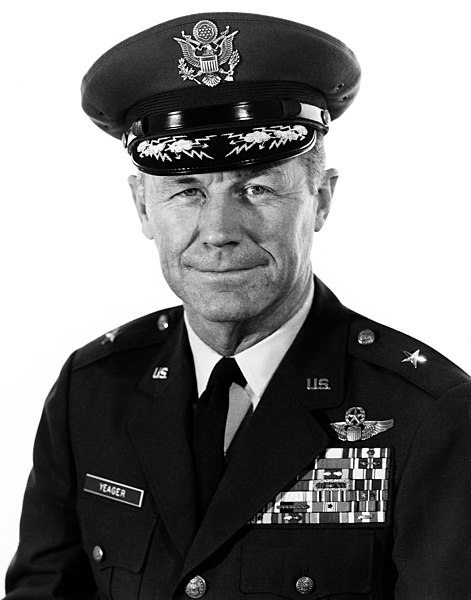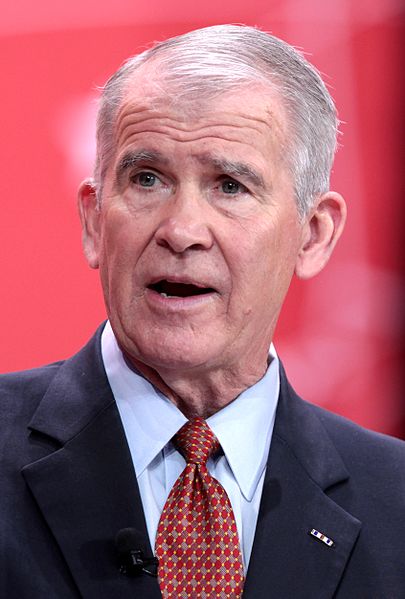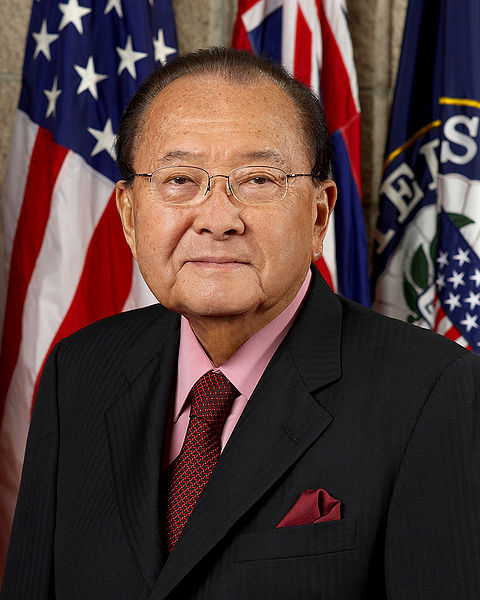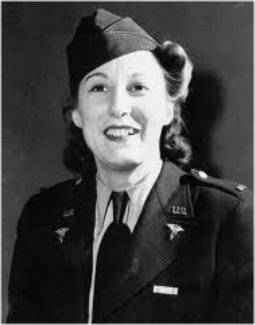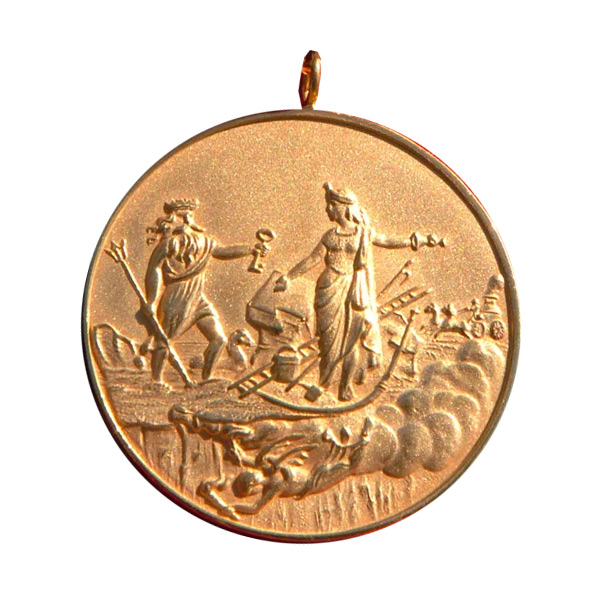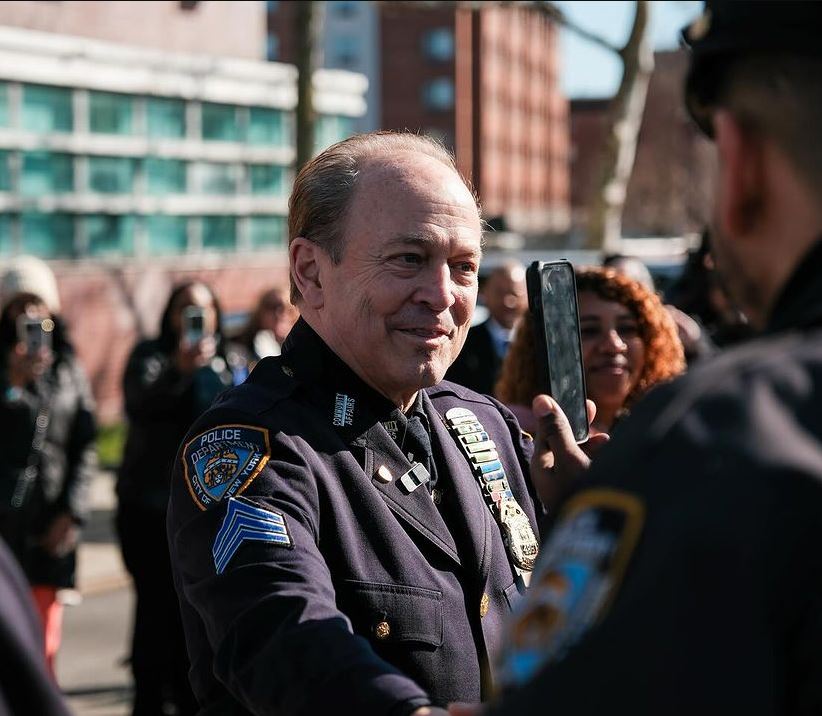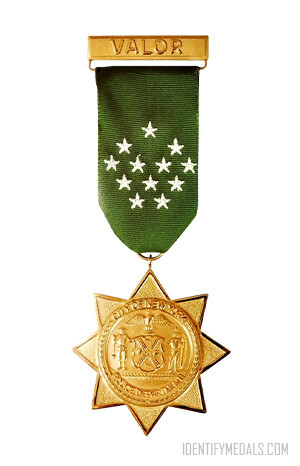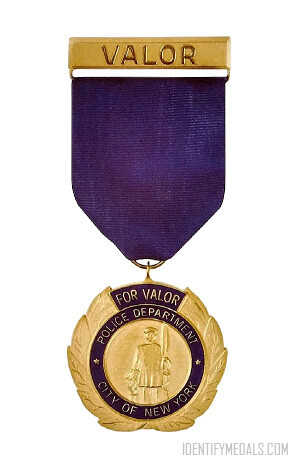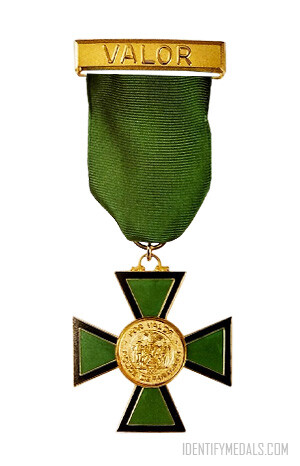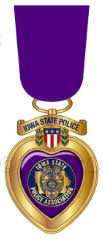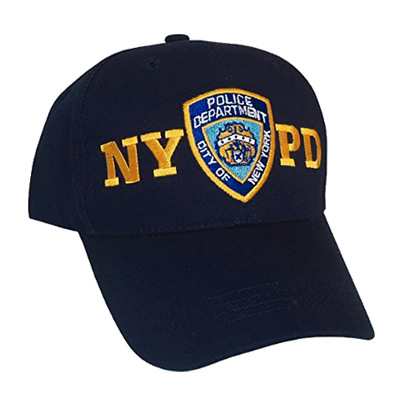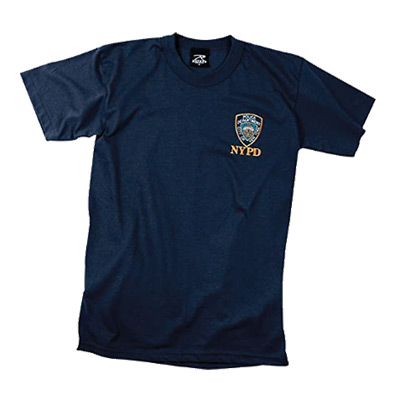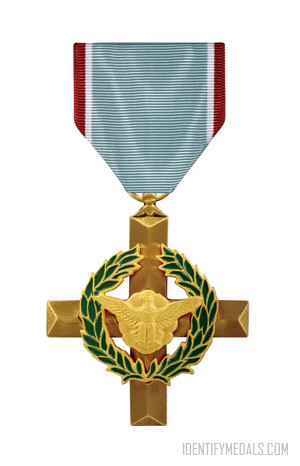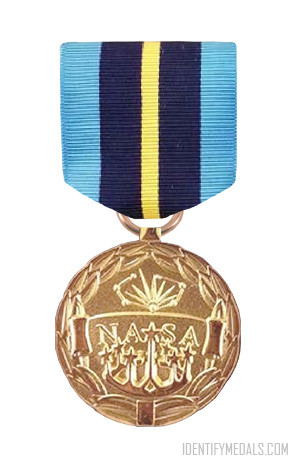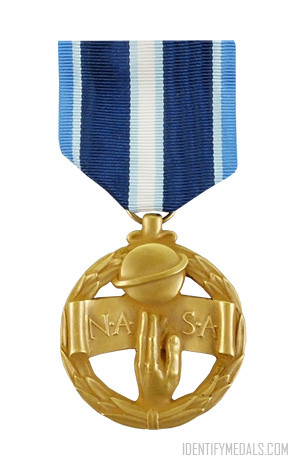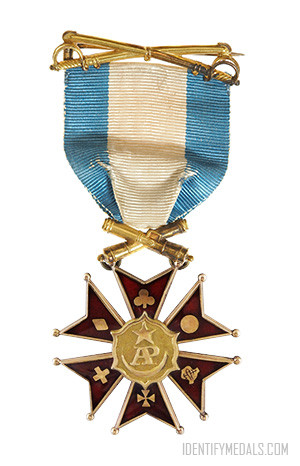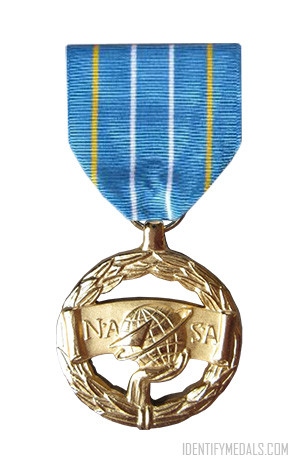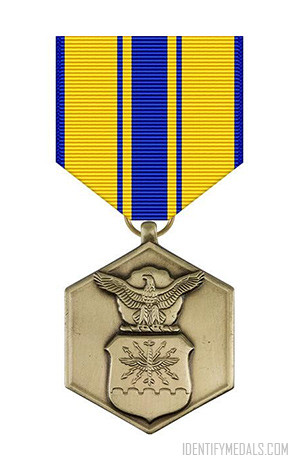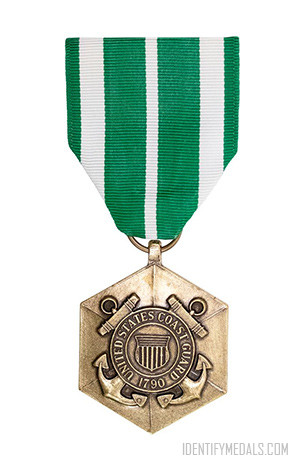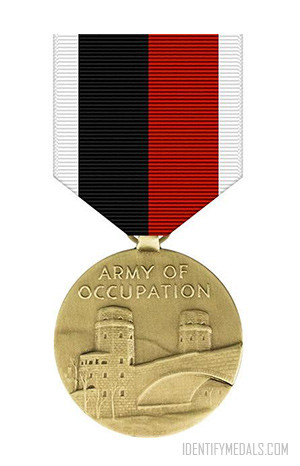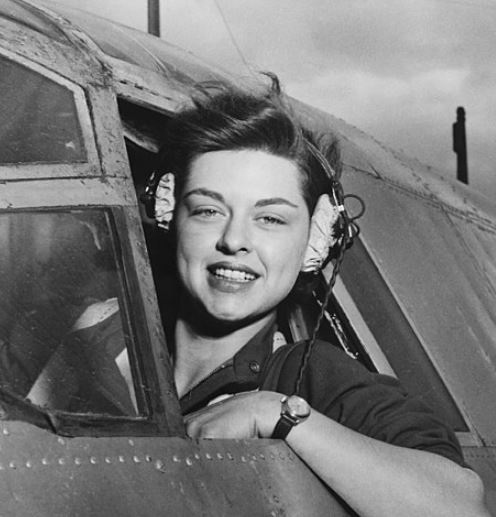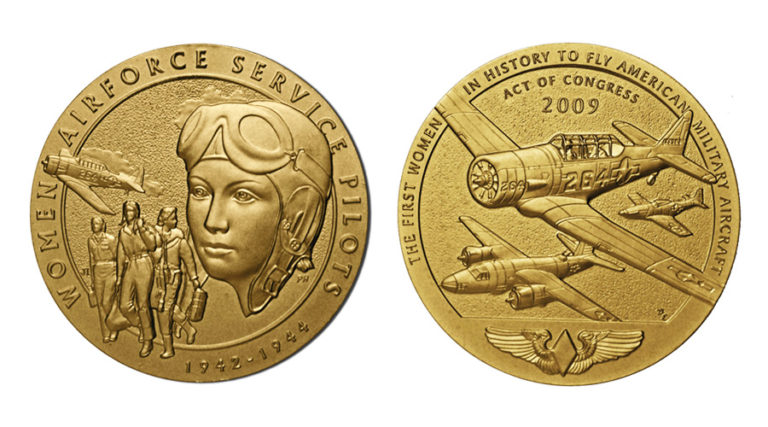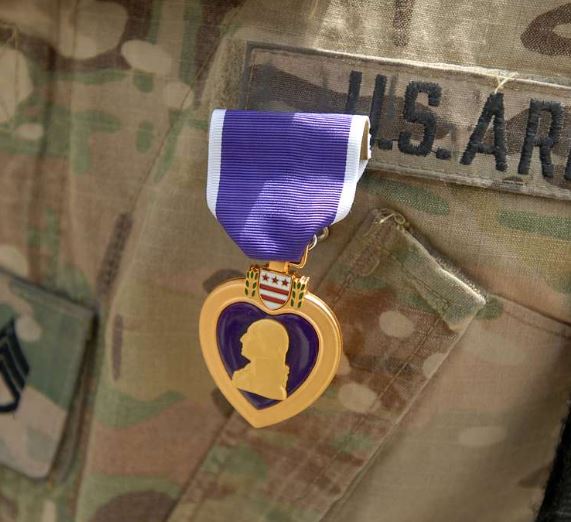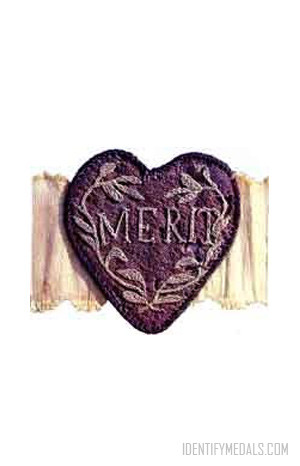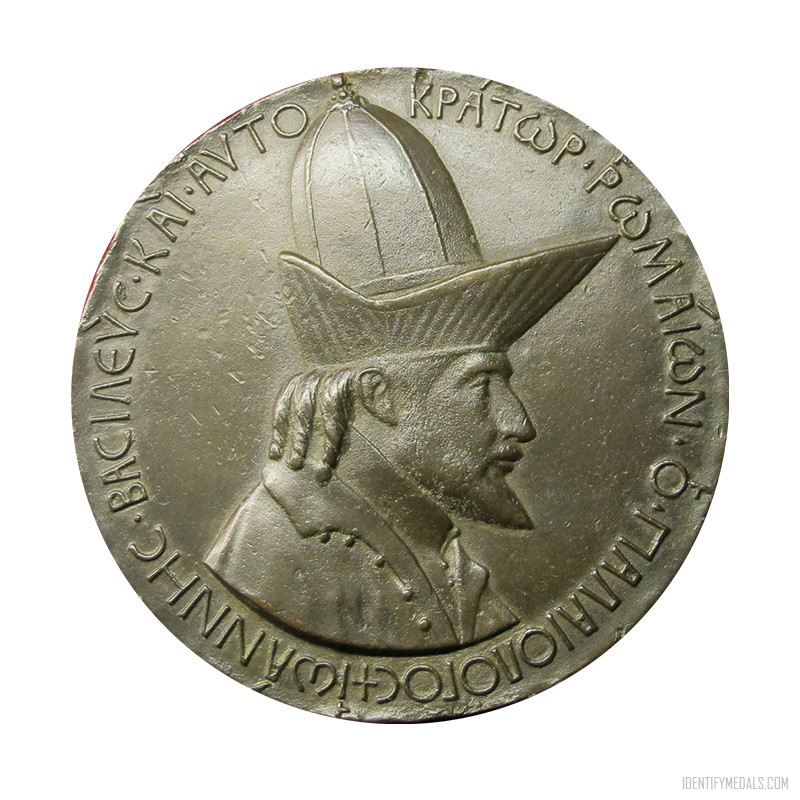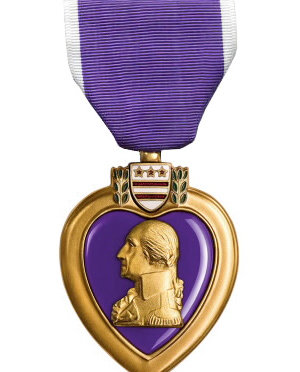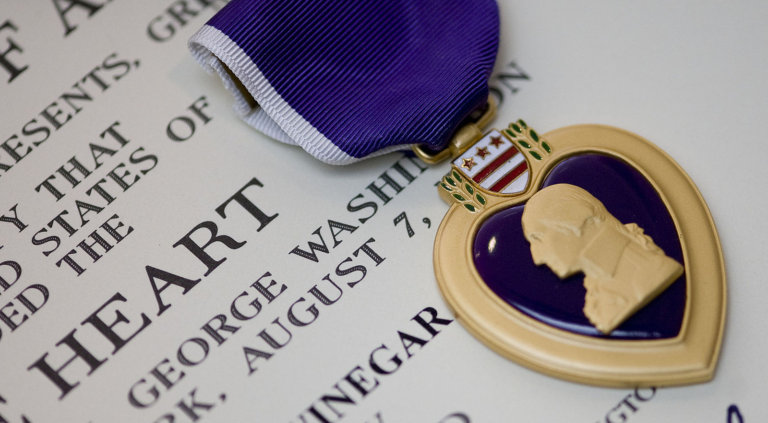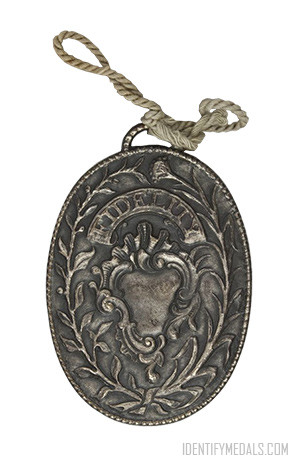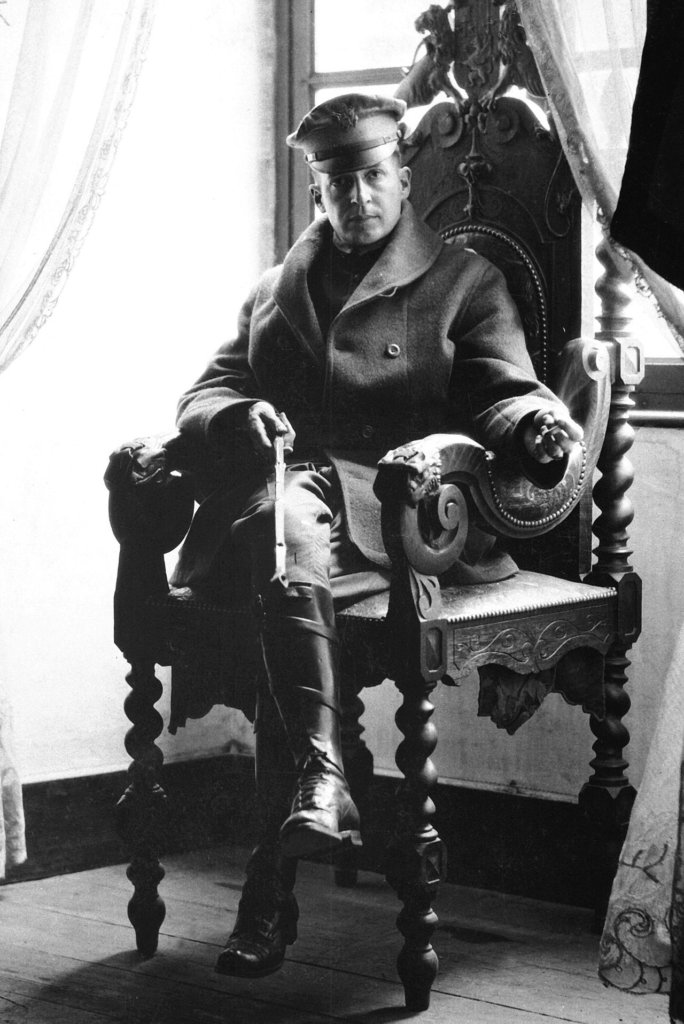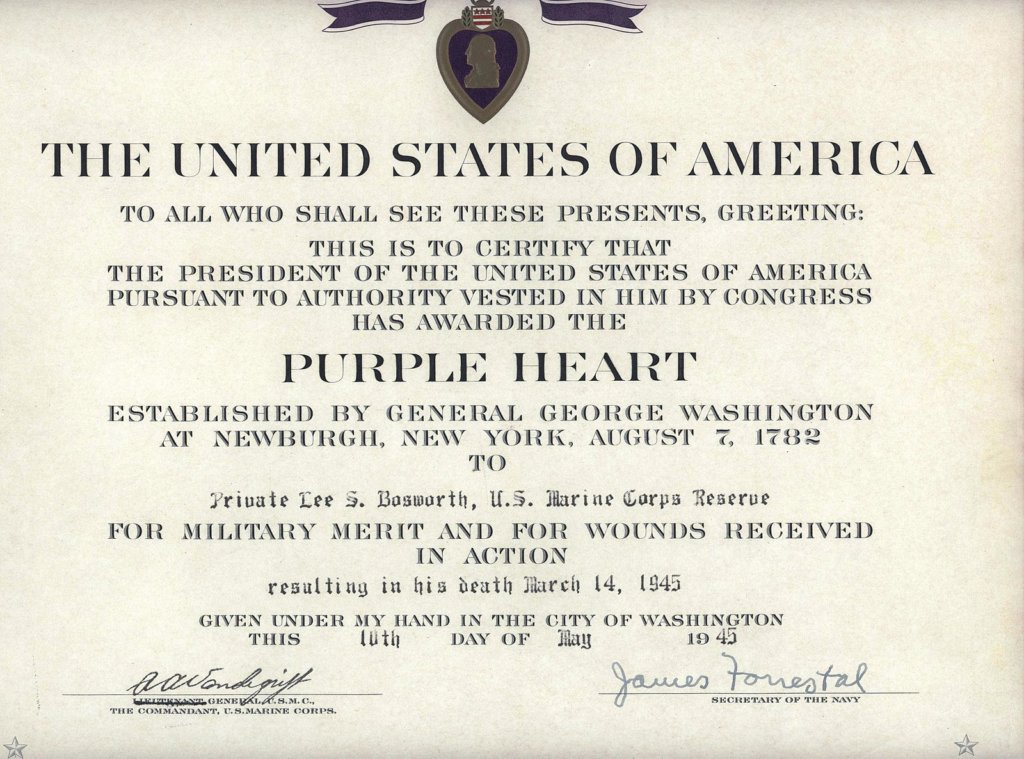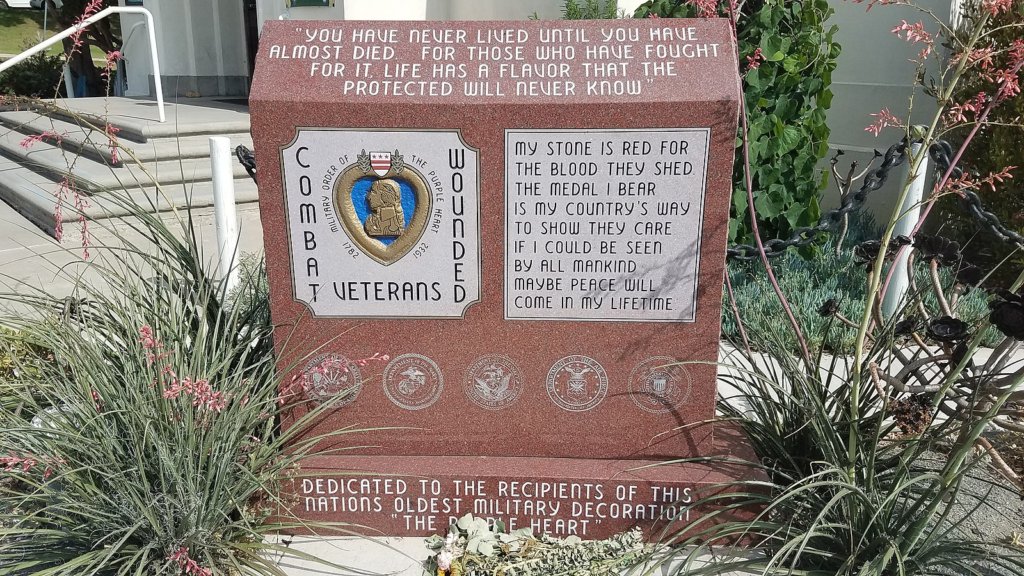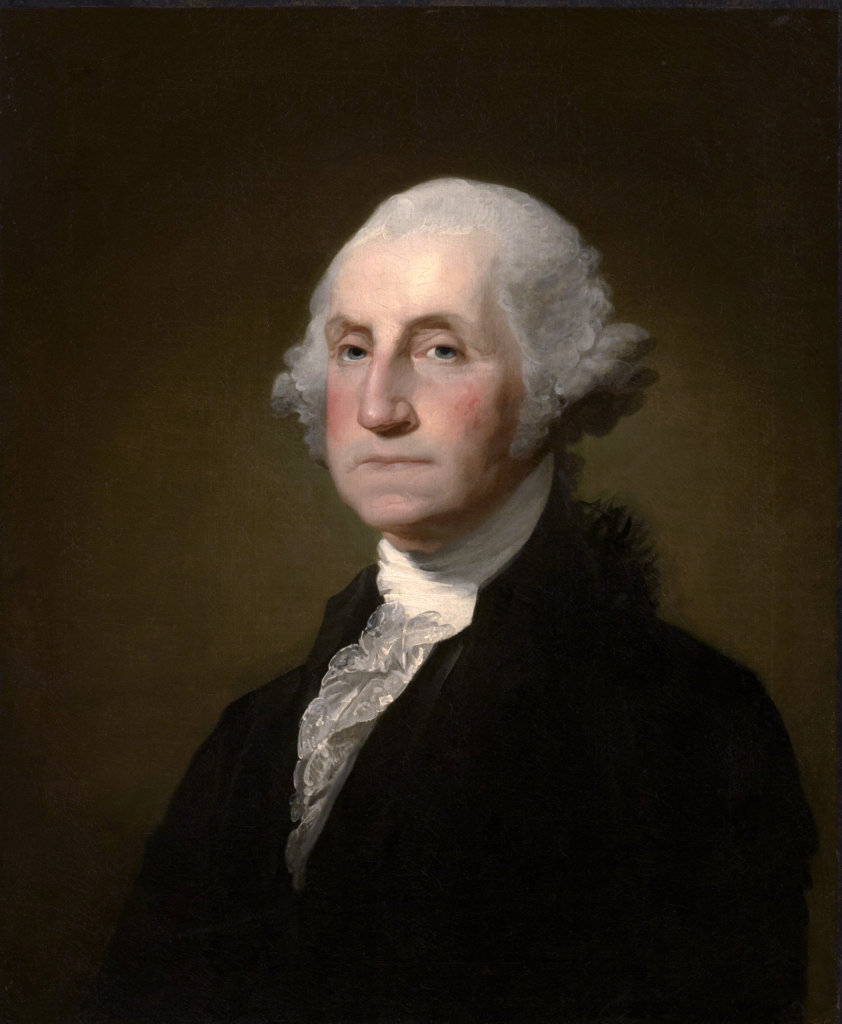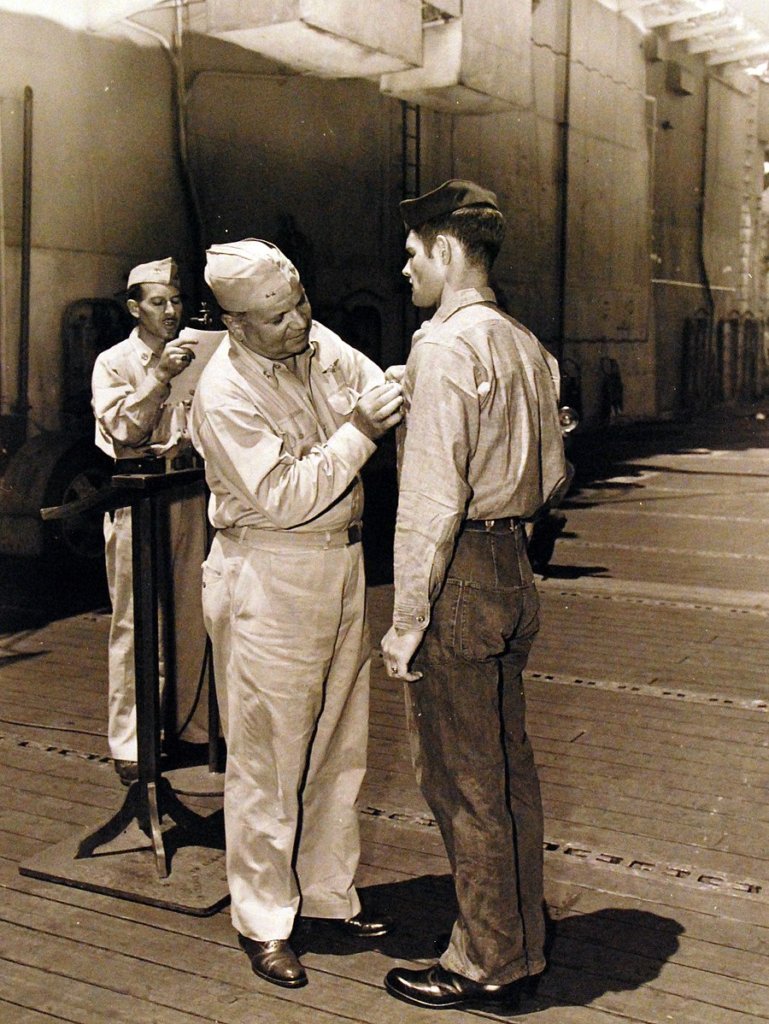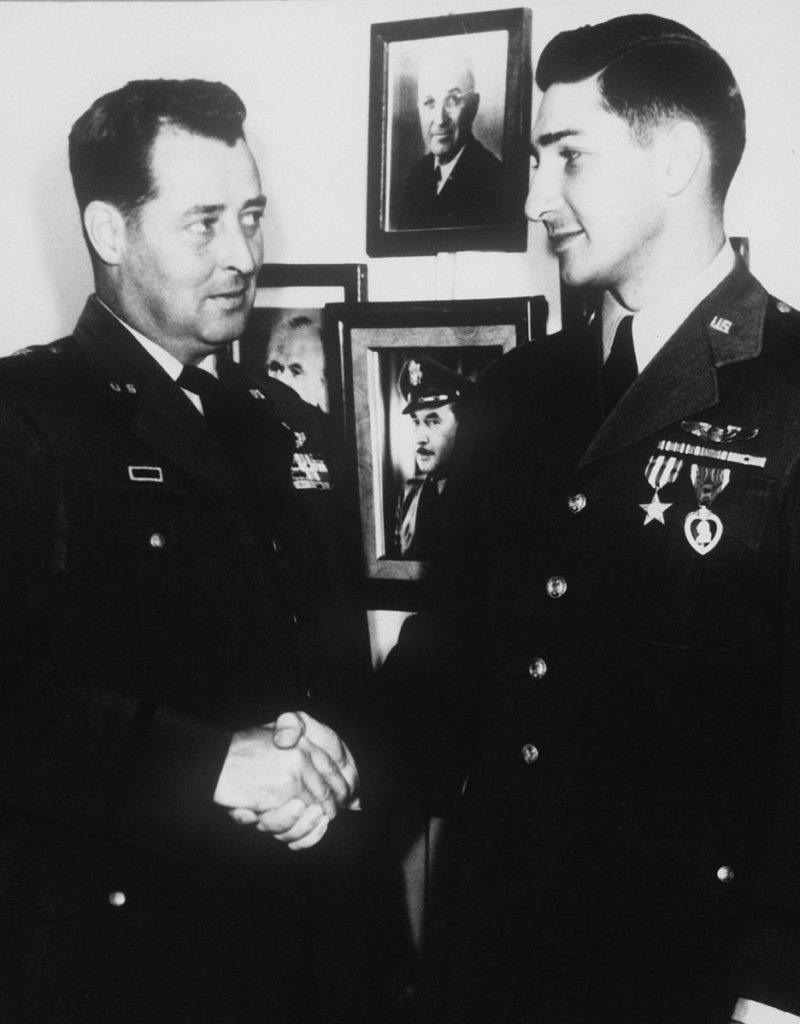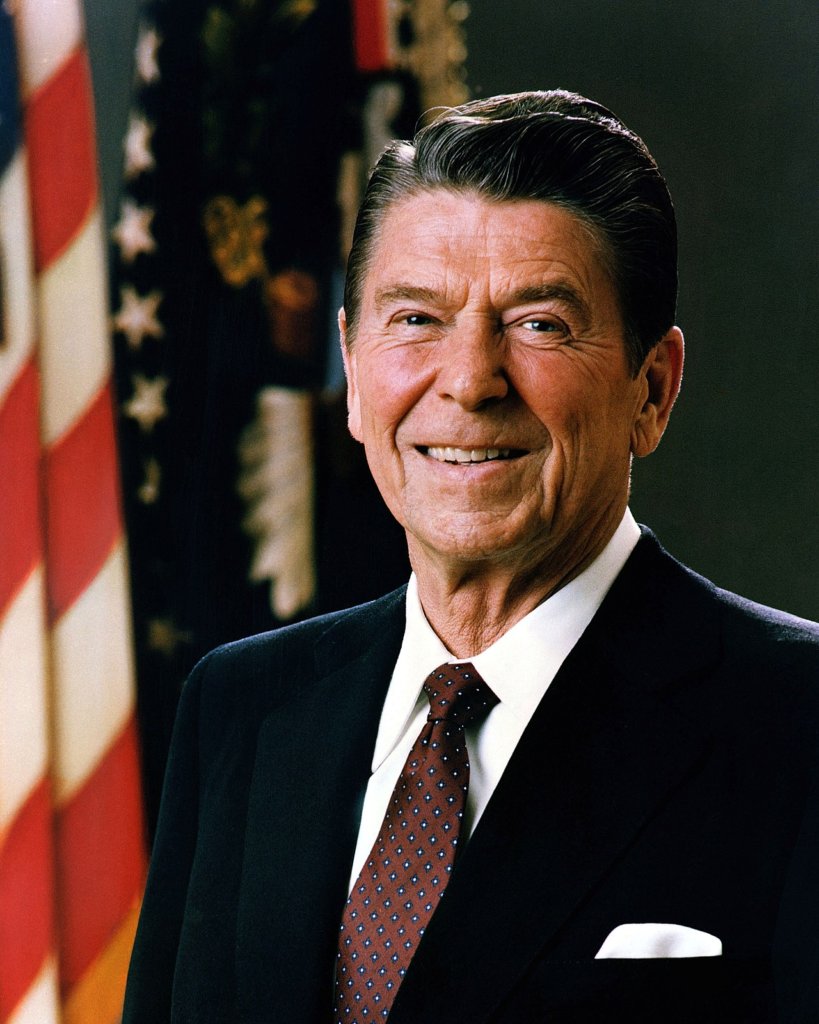In the United States, military decorations are awarded to recognize acts of bravery, heroism, and exceptional service by members of the armed forces. Among these honors, some stand out as the highest and most prestigious awards, symbolizing the utmost courage and sacrifice in service to the nation.
At the pinnacle of the hierarchy is the Medal of Honor, the highest military decoration awarded by the United States government. Established in 1861, it is presented to members of the armed forces who have demonstrated conspicuous gallantry and intrepidity at the risk of life above and beyond the call of duty.
Following closely behind the Medal of Honor are the Distinguished Service Cross (Army), Navy Cross (Navy and Marine Corps), and Air Force Cross (Air Force), awarded for extraordinary heroism in combat, recognizing acts of valor that fall just short of the criteria for the Medal of Honor.
USA's Highest Military Medals
Let’s see the complete ranking of highest American military medals in order.
#1: The Medal of Honor
The Medal of Honor is the highest and most prestigious military decoration awarded by the United States government. It is presented to members of the armed forces who have demonstrated conspicuous gallantry and intrepidity at the risk of life above and beyond the call of duty.
The design of the Medal of Honor consists of a gold star surrounded by a wreath of laurel leaves, suspended from a blue ribbon with white stars. The star is adorned with a depiction of Lady Liberty wearing a helmet and holding a shield and sword, symbolizing courage and defense of freedom.
The reverse of the medal features an eagle with wings spread, clutching arrows and an olive branch, representing both the readiness for war and the desire for peace. The words “United States of America” are inscribed around the edge, along with the motto “Valor,” signifying the exceptional bravery of the recipient.
Since its establishment during the Civil War in 1861, the Medal of Honor has been awarded to thousands of individuals from all branches of the armed forces for their extraordinary acts of heroism and selflessness in combat. It is a symbol of the highest honor and recognition bestowed upon those who have gone above and beyond the call of duty to serve their country.
Three Medals of Honor
Audie Murphy: A World War II hero who single-handedly held off an entire company of German soldiers while wounded, eventually leading a successful counterattack.
Alvin York: A World War I soldier who captured 132 German soldiers and killed 28 machine gunners, earning him the nickname “Sergeant York” and the Medal of Honor.
Desmond Doss: A conscientious objector who served as a medic in World War II and saved 75 men during the Battle of Okinawa, becoming the first conscientious objector to receive the Medal of Honor.
#2: Distinguished Service Cross,
Navy Cross, and Air Force Cross
The Distinguished Service Cross (Army), Navy Cross (Navy and Marine Corps), and Air Force Cross are prestigious military decorations awarded by the United States government. These medals are presented to members of the armed forces who have displayed extraordinary heroism and valor in combat situations.
The Distinguished Service Cross was established in 1918 and is awarded by the Army to soldiers who have demonstrated exceptional bravery in action against an enemy of the United States. The medal features a bronze cross with a center medallion depicting an eagle grasping arrows and a shield, surrounded by a wreath.
The Navy Cross, established in 1919, is awarded by the Navy and Marine Corps to sailors and Marines who have exhibited gallantry and valor in combat. The medal features a cross pattée with a center medallion depicting an eagle, anchor, and shield, surrounded by a wreath.
The Air Force Cross, established in 1960, is awarded by the Air Force to airmen who have shown extraordinary courage and heroism in aerial combat or under conditions of significant risk. The medal features a cross pattée with a center medallion depicting an eagle with wings spread, surrounded by a wreath.
Three Distinguished Crosses
- Admiral William H. McRaven: A former Navy SEAL, received the Distinguished Navy Cross for his heroic leadership during a hostage rescue operation in Iraq.
- Lieutenant Colonel James H. “Jimmy” Doolittle: He was awarded the Navy Cross for his leadership and bravery as the commander of the Doolittle Raid, a daring air raid on Japan during World War II.
Sergeant Dakota Meyer: He was awarded the Medal of Honor for his heroic actions during the Battle of Ganjgal in Afghanistan.
#3: Defense Distinguished Service Medal
The Defense Distinguished Service Medal is a prestigious military decoration conferred by the United States Department of Defense. It is awarded to members of the United States Armed Forces in recognition of their exceptionally distinguished performance of duty, which significantly contributes to the national security or defense of the United States.
Established on July 9, 1970, by President Richard Nixon through Executive Order 11545, the first medal was presented on the same day to General Earle Wheeler. General Wheeler, retiring from the US Army after serving as Chief of Staff of the United States Army and Chairman of the Joint Chiefs of Staff, received this honor in acknowledgment of his exemplary service.
The medal displays a medium blue enameled pentagon with its point facing upwards. Overlaid on this pentagon is an American bald eagle with outspread wings facing left, clutching three crossed arrows in its talons, and bearing a shield of the United States on its breast. Encircling the pentagon and eagle is a gold segmented circle adorned with 13 five-pointed stars in the upper half and a wreath of laurel on the left and olive on the right in the lower half. On the reverse side, the inscription “For Distinguished Service” is prominently raised at the top, while within the pentagon, the inscription “FROM THE SECRETARY OF DEFENSE TO” is also raised.
Three Defense Distinguished Service Medals
General David Petraeus: He was awarded the Defense Distinguished Service Medal for his exceptional leadership and strategic contributions during his tenure as Commander of the Multi-National Force in Iraq.
Admiral Mike Mullen: He received the Defense Distinguished Service Medal for his outstanding service as Chairman of the Joint Chiefs of Staff, where he provided crucial leadership during a challenging period for the U.S. military.
Secretary of Defense Robert Gates: He was awarded the Defense Distinguished Service Medal in recognition of his distinguished leadership and tireless efforts in guiding the Department of Defense through complex and critical national security issues.
#4: Distinguished Service Medal, Navy Distinguished Service Medal,
and Air Force Distinguished Service Medal
The Distinguished Service Medal, Navy Distinguished Service Medal, and Air Force Distinguished Service Medal are prestigious military decorations awarded by the United States government to recognize exceptional meritorious service and leadership.
The Distinguished Service Medal, established in 1918, is awarded by the Army to members of the armed forces who have demonstrated outstanding performance and distinguished service in a duty of great responsibility. The medal features a bronze cross with a center medallion depicting an eagle surrounded by a wreath, suspended from a ribbon with alternating red and white stripes.
The Navy Distinguished Service Medal, established in 1919, is awarded by the Navy and Marine Corps to sailors and Marines who have displayed exceptionally meritorious service in a duty of great responsibility. The medal features a cross pattée with a center medallion depicting an eagle, anchor, and shield, suspended from a ribbon with blue edges and a white center stripe.
The Air Force Distinguished Service Medal, established in 1960, is awarded by the Air Force to airmen who have exhibited outstanding leadership and meritorious service in a position of great responsibility. The medal features a cross pattée with a center medallion depicting an eagle with wings spread, suspended from a ribbon with blue edges and a white center stripe.
Three Distinguished Service Medals
Admiral Chester W. Nimitz: He was awarded the Navy Distinguished Service Medal for his exceptional leadership as Commander in Chief of the U.S. Pacific Fleet during World War II.
General Curtis E. LeMay: He received the Air Force Distinguished Service Medal for his distinguished service as Chief of Staff of the United States Air Force, where he played a key role in shaping the modern Air Force.
General Dwight D. Eisenhower: He was awarded the Army Distinguished Service Medal for his outstanding leadership as Supreme Commander of the Allied Expeditionary Force during World War
#5: Silver Star Medal
The Silver Star Medal is a prestigious military decoration awarded by the United States government to members of the armed forces who have displayed gallantry in action against an enemy of the United States, but not to the degree that would warrant the Medal of Honor or a service cross.
Established in 1918, the Silver Star Medal features a silver star surrounded by a wreath on its obverse side. The star is suspended from a ribbon with alternating stripes of red, white, and blue.
The reverse side of the medal bears the inscription “For Gallantry in Action” and provides space for the recipient’s name to be engraved.
Awarded for acts of bravery and valor in combat situations, the Silver Star Medal is a symbol of the courage and selflessness displayed by members of the armed forces in the face of adversity. It is one of the highest awards for valor that can be bestowed upon military personnel.
Three Silver Stars
- Captain John P. Cromwell: He was awarded the Silver Star for his outstanding bravery as the commanding officer of the USS Sculpin during World War II, where he continued to fight after his submarine was sunk, ultimately sacrificing his life.
- Lieutenant Colonel Robert L. Howard: He was awarded the Silver Star for his courageous leadership and actions during the Vietnam War, where he repeatedly exposed himself to enemy fire to rescue wounded soldiers and lead successful counterattacks against enemy positions.
- Sergeant First Class Paul Ray Smith: He posthumously received the Silver Star for his courageous actions during the Battle of Baghdad Airport in Iraq, where he sacrificed his life to save his fellow soldiers.
Do You Need Help Claiming a US Medal?
To claim a US military medal, follow these general steps. First, ensure that you meet the eligibility criteria for the specific medal you are seeking. Eligibility requirements can vary based on factors such as service branch, time of service, and specific actions or service accomplishments.
Then, collect any documentation that supports your eligibility for the medal. This may include service records, commendation letters, eyewitness statements, or other relevant documents. Contact the appropriate military branch or agency to request an application for the medal you are seeking. The specific process and forms required may vary depending on the medal and the circumstances of your service.
Lastly, fill out the application form completely and accurately, providing all requested information and supporting documentation and submit the completed form and supporting documents to the designated address or office. If your application is approved, you will be notified of the decision and provided with instructions for receiving the medal.

